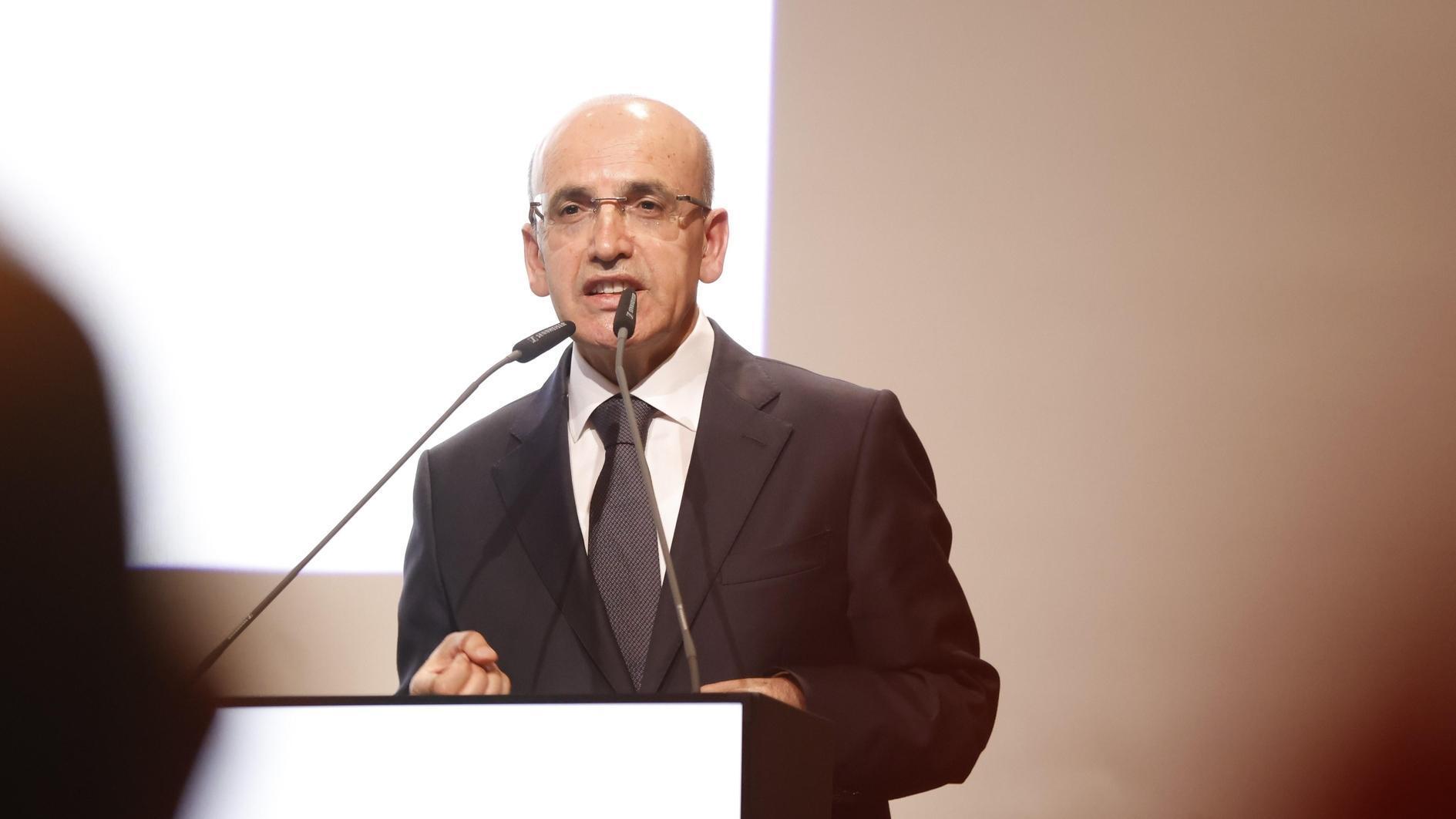Arkestra: A new generation Michelin-starred restaurant
Ebru Erke

Arkestra is a world-class example of the new generation of Michelin-starred restaurants with its casual atmosphere, cozy decoration, attentive service staff and, of course, exceptionally delectable food.
The most unforgettable thing for those who attended the Michelin award ceremony in person or who followed it remotely this year was the errors on stage this year, caused by miscommunication between the presenter and the production staff. Cenk Debensason was the one who suffered the most from those unfortunate incidents.
He was called to the stage as the name of another restaurant was announced on the screen, and then the name of his restaurant was announced. However, this time, another chef was welcomed to the stage.
This is an extremely brief account of what occurred. Amidst all of this, I was taken aback and impressed when Cenk appeared on the stage and maintained a composed countenance while quietly whispering something to Gwendal Poulenc.
Don't call this a minor setback. Picture yourself eagerly anticipating the star you've yearned for all year, only to find your name omitted during the announcement. Imagine the chef feeling that sting of disappointment. And Arkestra is a serious success; after all, achieving such heights within merely a year of its opening is no small feat. Anyways, let's set aside these grievances and revisit Arkestra, which serves in a villa in Etiler, to lift our spirits. The allure of this place isn't just in its delightful cuisine; it offered me immense joy. First and foremost, it stands out for its absence of pretense despite being a Michelin-starred one. The interior, with its wood-clad walls and cozy lighting, makes you feel really relaxed. Additionally, the tiny bar upstairs is not just a wonderful option for those looking to extend their night but also offers a friendly and autonomous vibe.
Your skill and the distance you've traveled matter, yet the training you receive holds even greater significance. This is particularly true if you've been trained at a school like the Institut Paul Bocuse in Lyon. Cenk's recipes exude a strong French influence. But I'm not talking about proteins drenched in thick sauces. Instead, imagine a lighter take on French culinary techniques using Far Eastern ingredients, and a more modern rendition of it infused with vegetables.
You start the meal with potato-fermented bread. Besides the bread, there is a serving of whipped noisette butter that has been sprinkled with a touch of rock salt. A highlight for me was the dish of tuna sashimi that was served afterward. The redder and leaner part of the tuna, known as akami, was cut thinner and wider than traditional sashimi. A generous amount of ginger-infused ponzu sauce (a Japanese citrus sauce) was first added to the plate, followed by sushi rice ice cream. The tuna was then delicately placed on this ice cream. Garnishing the dish were onion and garlic chips, soy gel, rice crispies and crispy nori. I thought this was a fantastic take on nigiri with ice cream. The blend of rice ice cream and ponzu sauce wonderfully accentuated the tuna's flavor, creating an exceptional taste experience.
Eggplant and Tare Cashew, which we were initially hesitant to select due to its being out of season, turned out to be a favorite. It featured thickly sliced eggplant prepared using the tempura frying method and topped with a miso cream enhanced by salmon roe. A rice phyllo, resembling a sheet of paper, was placed on top. Tucked between the phyllo and the eggplant were apricots, basil, hazelnuts, and some grilled eggplant pieces. Shokupan, a Japanese milk bread, was made for the Japanese meat sandwich Arkestra Katsu Sando.
The beef, carefully rested, was breaded and fried to achieve a tender, reddish interior. It was then sandwiched in the bread with a special "tonkatsu" sauce, a blend of ketchup, Worcestershire, oyster and soy sauces, and a hint of sugar. The quality and precise cooking of the beef in Katsu Sando is crucial, and it was executed nicely in this instance.
Tetelas, tiny triangle-shaped pastries specific to the Oaxaca region of Mexico, made with corn tortillas, are stuffed with a fusion of Korean kimchi and beet tartare. Beneath these tetelas lies ajo blanco, a traditional almond soup from Spain and South America. To enhance and brighten this blend of subtle tastes, a finishing touch of spring onion oil is drizzled over the top, taking the flavors to new heights.
The menu isn't just limited to Far Eastern or Latin influences. Take, for instance, the Fener Bouillabaisse. The base of this dish is a variation of the classic French fish soup, bouillabaisse, made slightly thicker and featuring soldierfish. A boneless piece of anglerfish, resting on a bed of tabbouleh, is placed at the center of the plate, topped with fresh fennel and a saffron garlic rouille sauce. It's best enjoyed by combining all these elements in a single spoonful. Duck aficionados should not miss the opportunity to try the crispy-skinned duck, which is accompanied by Japanese peat daikon and a creamy Jerusalem artichoke mousseline. It's worth mentioning that we initially chose to skip dessert, but ended up devouring all that was served.
In a nutshell, my experience at Arkestra was absolutely fantastic. I am deeply grateful to my chef friend Bülent Akkızoğlu, an alumnus of Institut Paul Bocuse, for introducing me to this place. I am looking forward to visiting Ritmo, the small brasserie located at the entrance, at the earliest opportunity.
















